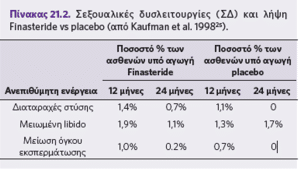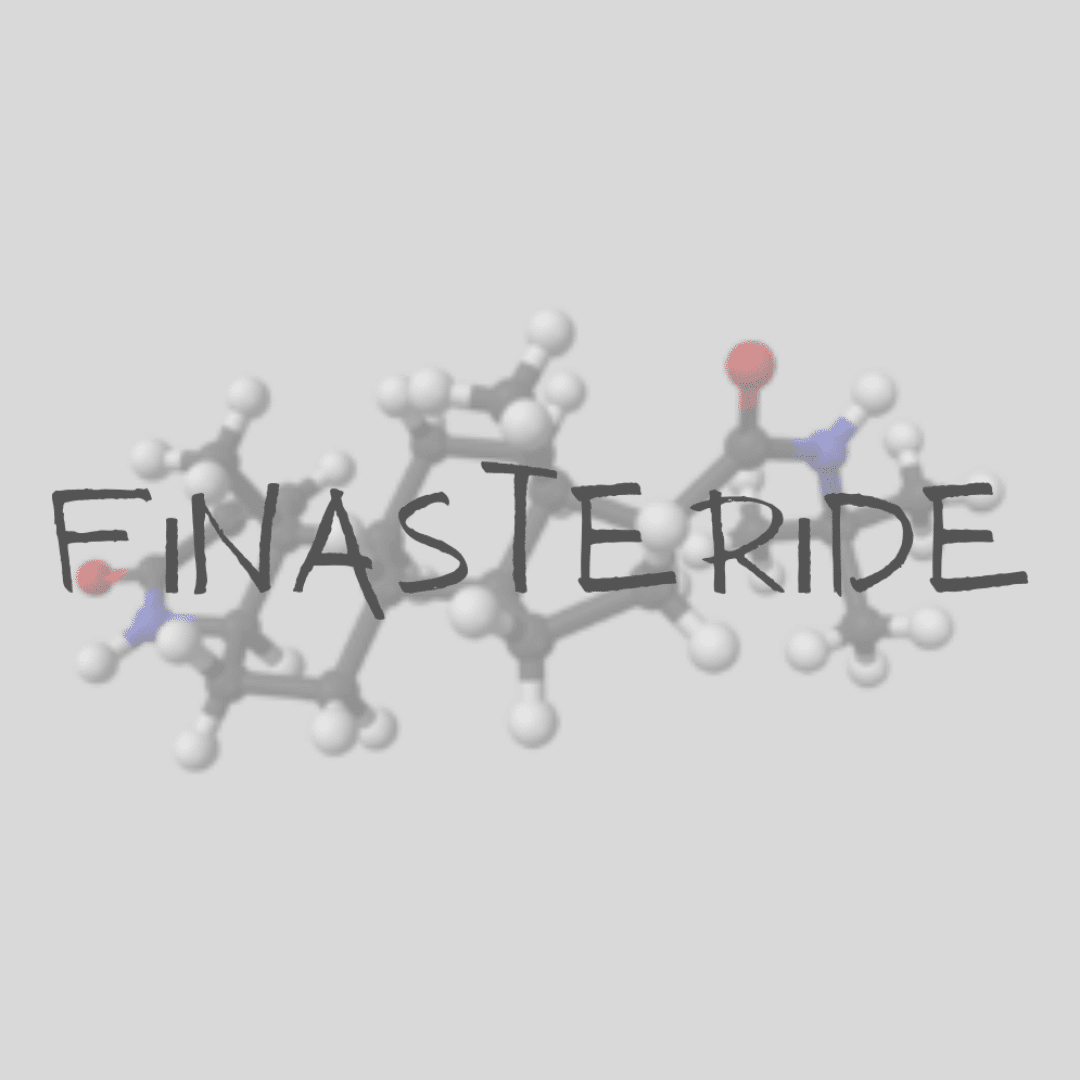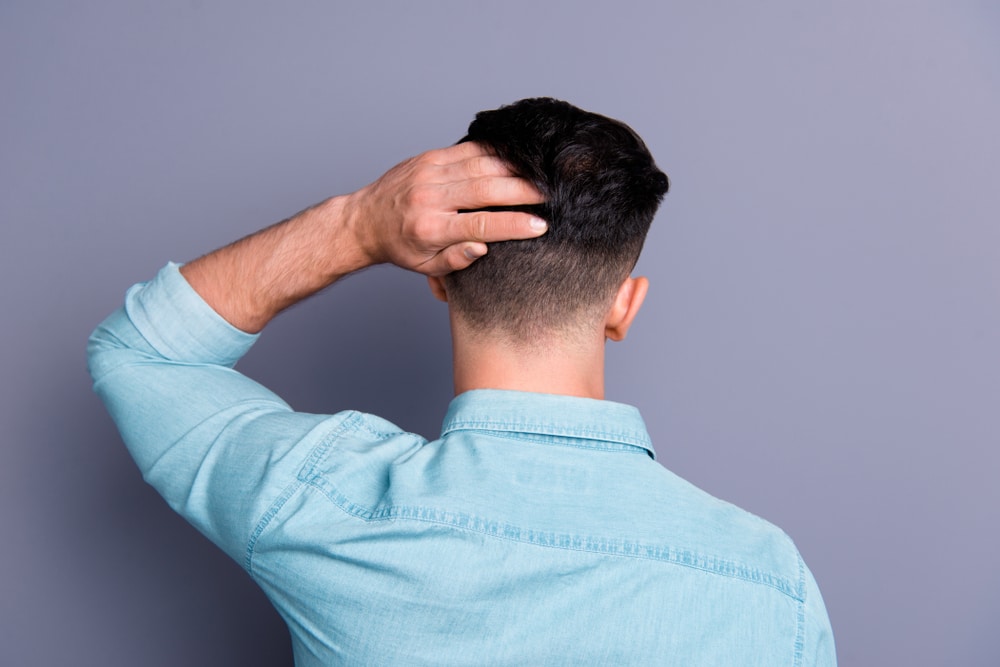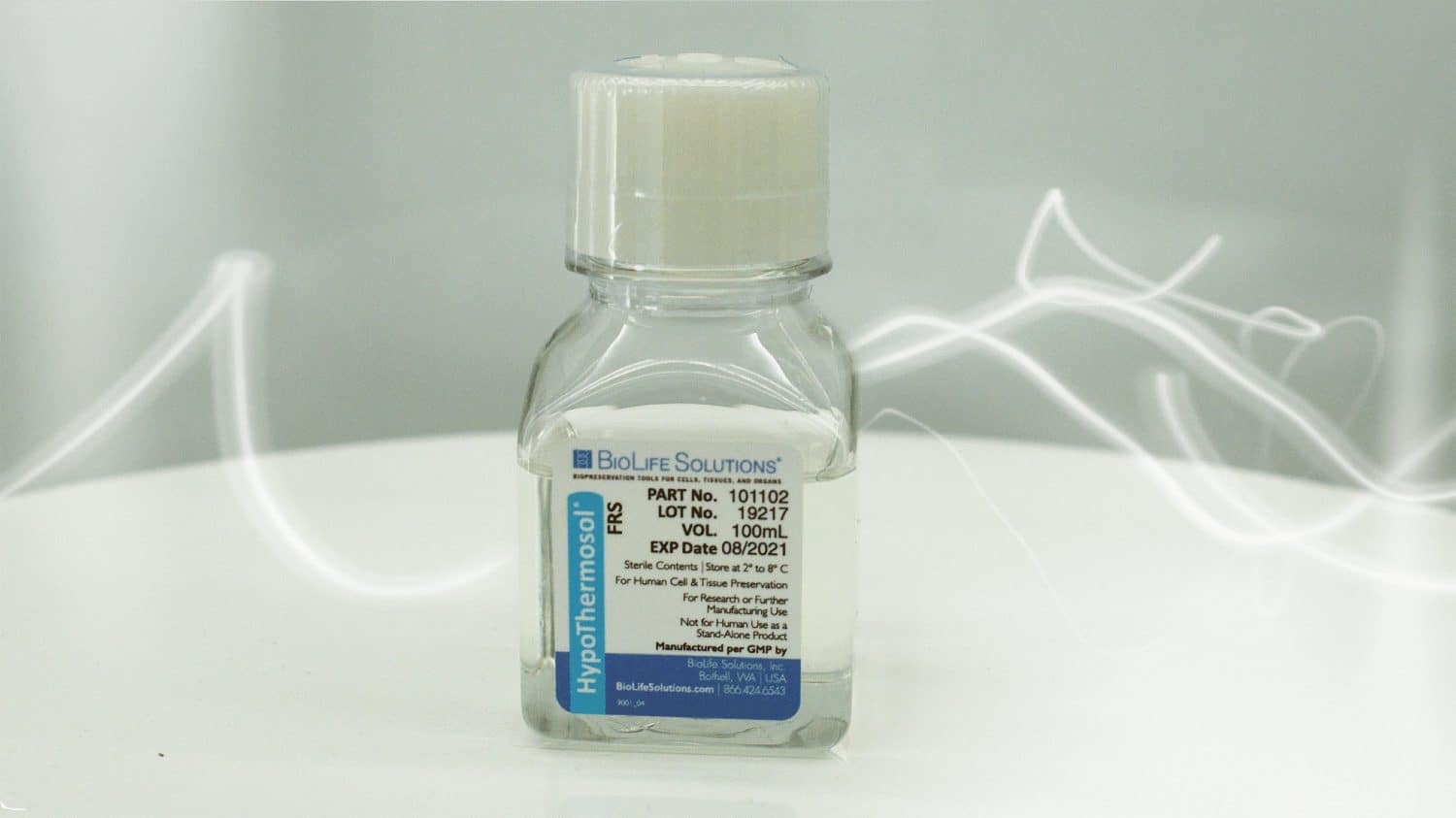What is Finasteride?
Finasteride is a medication primarily used to treat androgenetic alopecia (male pattern hair loss) and benign prostatic hyperplasia in men. It is considered one of the most effective and approved pharmaceutical treatments for hair loss, as it reduces the activity of the hormone DHT, which is responsible for hair follicle shrinkage and eventual hair loss.
However, Finasteride is also one of the most misunderstood medications for hair loss. In fact, some people refuse to take it even when recommended by their doctor. When doctors ask why, the common answer is that they have browsed the internet—reading various websites, forums, and personal stories claiming that Finasteride ruined their lives, or citing studies about so-called “Finasteride Syndrome.”
But what is the truth about Finasteride? How does it actually work? And how frequent or serious are its side effects compared to what is often portrayed?
How Does Finasteride Work?
Finasteride acts in a targeted and precise manner: it is a powerful inhibitor of the enzyme 5-alpha-reductase, which is responsible for converting testosterone into dihydrotestosterone (DHT). DHT is an androgen directly linked to the onset and progression of androgenetic alopecia, as it causes gradual shrinkage and weakening of hair follicles. This results in accelerated hair loss and prevents the growth of new, healthy hair.
By effectively reducing DHT levels in the scalp, finasteride allows hair follicles that are in a dormant or weakened state to gradually return to normal function. Consequently, not only does it slow down or even completely halt hair loss, but in many cases, it also promotes the regrowth of new hair, significantly improving hair density and overall appearance.
The efficacy of finasteride is well-established and scientifically validated, with numerous studies confirming its ability to halt or even reverse the symptoms of androgenetic alopecia—especially when treatment begins in the early stages of hair loss.
Watch Dr. Konstantinos Anastasaki’s video to learn everything you need to know about Finasteride.
Finasteride Treatment
Finasteride is a widely used pharmaceutical treatment for androgenetic alopecia. It helps reduce hair loss and, in many cases, promotes the regrowth of stronger, thicker hair—particularly on the crown of the scalp. Initial results typically begin to appear gradually after 3 to 6 months of consistent use.
Finasteride is primarily available in oral tablet form, though topical formulations are also being explored to minimize potential systemic side effects. (Watch Dr. Konstantinos Anastasaki’s video on the side effects of Finasteride.)
Adherence to the treatment regimen is critical for maintaining results, as discontinuation usually leads to the return of hair loss to its previous levels.
Finasteride Dosage
The recommended dosage for treating androgenetic alopecia is 1 mg of finasteride daily, administered orally in tablet form. The medication can be taken at any time of day, with or without food, as long as it is taken consistently at the same daily interval. Consistent use is essential to maintain the drug’s effectiveness and achieve optimal results.
The dosage should not be increased or altered without medical supervision. Although finasteride is generally well-tolerated, it is important that each patient’s condition is individually evaluated by a specialized physician to ensure treatment safety and to promptly address any potential side effects.
Finasteride Administration
Before starting treatment with finasteride, the physician always requests specific tests from the candidate to ensure that the medication can be safely prescribed.
Finasteride must be taken daily and should not be discontinued unless directed by the physician. Its effect is not immediate, as it relies on the gradual reduction of DHT levels in the body.
- It inhibits the action of the enzyme 5-alpha reductase.
- It stops the conversion of testosterone into DHT, thereby reducing DHT levels.
- It helps to halt—and in some cases reverse—hair loss.
More specifically, finasteride use leads to significant and progressive clinical improvement in hair loss. Hair loss stabilizes after 6 to 12 months, while hair density continues to increase for at least two years following the start of treatment. Additionally, finasteride improves hair quality by increasing hair shaft diameter, length, growth rate and duration, as well as enhancing hair pigmentation.
Finasteride Through Medical Research
Finasteride is one of only two FDA-approved pharmaceutical treatments for androgenetic alopecia, having been recognized for its efficacy and safety for over 20 years. The initial positive effects of a daily 1mg dose of finasteride typically become noticeable after approximately three months of treatment.
At first, patients report a halt in hair loss, followed by the growth of fine, weak hairs. By six months, an increase in hair growth rate and thickness becomes evident. After 12 months, improved coverage of previously thinning areas is visible, with results stabilizing between 24 and 36 months and maintained thereafter.
A five-year study confirmed that the progression of androgenetic alopecia continues to be inhibited as long as the treatment is maintained beyond two years. You can learn more about androgenetic alopecia and its causes on our dedicated page.
Interestingly, treatment efficacy is greater in younger patients. According to a study by Camacho et al., patients under 26 years old showed a higher response rate, which correlated directly with their baseline serum DHT levels.
Finasteride has also been shown to improve androgenetic alopecia in older men. In a small-scale study involving 28 men aged 53–76 years taking 5mg finasteride daily for benign prostatic hyperplasia, a significant increase in hair count was observed compared to a placebo group.

What Results Does Finasteride Deliver?
Finasteride’s effects are most pronounced on the crown of the scalp, while its efficacy is weaker in the frontal areas and the hairline.
Specifically, finasteride:
- Increases the number of hair follicles in the anagen (growth) phase and extends the duration of this phase, meaning more follicles are actively growing hair at any given time.
- Reduces the number of hair follicles in the telogen (resting) phase and shortens its duration, resulting in fewer follicles being in the dormant stage at once.
- Shortens the duration of the kenogen phase, the interval between hair shedding and regrowth, leading to faster hair reappearance.
- Causes an increase in hair diameter and hair shaft weight, improving hair thickness.
- With long-term use (over 5 years), hair loss is halted in approximately 91% of patients, while visible hair regrowth occurs in 66% of cases, provided treatment is continued.
- Increases the number of terminal hair follicles and gradually converts intermediate follicles into terminal ones.
Discontinuing finasteride treatment results in a complete reversal of its benefits, with androgenetic alopecia returning to pre-treatment levels — or even advancing to the stage it would have reached if treatment had never been started.
Why Are There Concerns About Finasteride?
On the other hand, finasteride’s indirect anti-androgenic action raises significant concerns among patients currently taking or considering the treatment. There is widespread apprehension that a systemic—rather than localized—medication could potentially disrupt the delicate hormonal balance of a highly sensitive system: the male reproductive system.
For this reason, the possible short-term and long-term side effects of finasteride have been extensively studied. Everyone suffering from androgenetic alopecia wants to restore their lost hair, but naturally, not at the cost of sacrificing fertility or masculinity on the “altar of thicker hair.”
A large-scale study involving 14,772 patients aged between 45 and 99 years, who took finasteride for 8 years (equivalent to 43 million doses), reported the following adverse effects:
- Erectile dysfunction or ejaculation disorders: 313 patients (2.1%)
- Decreased libido: 153 patients (1.0%)
- Gynecomastia or breast tenderness: 42 patients (0.4%)
Interestingly, the frequency of these side effects was comparable to that observed in placebo groups of patients with a mean age of 69 ± 9.2 years (range 45–99), an age group already prone to urological issues and hormonal imbalances.
In contrast, the typical finasteride patient for androgenetic alopecia is much younger, averaging 33 ± 1.2 years old (range 18–41), generally healthy, and with no underlying urological or reproductive problems.
Therefore, another study by Kaufman et al. (Finasteride Male Pattern Hair Loss Study Group) evaluated 1,553 men aged 18–41 and compared the incidence of sexual side effects reported after 2 years of finasteride treatment versus placebo, with the following results:

During this study, treatment discontinuation due to adverse effects occurred in 1.7% of patients receiving finasteride and 2.1% of patients on placebo. This finding raises reasonable doubts about the objectivity and validity of the symptoms reported by patients as reasons for stopping the treatment.
Based on these studies, what is the scientific truth? Finasteride may cause side effects in approximately 1–2% of patients—that is, 1 or 2 out of every 100 people who take it. Among those affected, typically no long-term problems arise after discontinuing use, as finasteride is eliminated from the body within 72 hours along with any side effects it may have caused.
In the global medical literature, among millions of patients who have taken finasteride for prostate conditions—and at much higher doses (5 mg for benign prostatic hyperplasia, compared to 1 mg for hair loss)—no permanent side effects have been reported.
The only exception is a controversial study published about 5–6 years ago by a psychiatry resident named Irwin in the United States, which received considerable media attention. This study claimed that finasteride causes persistent sexual dysfunction and various other lasting effects.
What You Should Be Careful About
You need to be extremely cautious and skeptical about everything you read from anonymous sources on the internet. You never know what agenda someone has, what they are trying to sell, who they really are, their level of education, or how knowledgeable they truly are.
Most of what you read online is very rarely written by a qualified doctor or someone who truly understands the subject. Usually, it’s just personal opinion, and you shouldn’t rely on it—especially when it comes to your hair—because there are many people with vested interests who want to scare you.
You might hear claims that an FDA-approved treatment, which has been safely used for over 20 years, causes “terrible problems,” while their so-called “miracle” product has no side effects and magically restores hair.
Don’t believe these myths, superstitions, or the fear spread across the internet targeting people with hair loss. Instead, consult a specialized physician experienced in hair loss who can guide you with approved, safe, and effective treatments against hair loss.
When You Should Not Take Finasteride
- If you are allergic to the medication or have had a previous adverse reaction to it
- If your medical tests indicate that you should not undergo this treatment
- If you are under 18 years of age
- If you are a woman
How to Choose the Right Treatment
Choosing the appropriate treatment for hair loss depends on several factors, including the stage of androgenetic alopecia, age, medical history, and individual expectations. Finasteride is an excellent option for men in the early to moderate stages of thinning, as it can halt the progression of hair loss and promote new hair growth, especially when started early.
In more advanced stages, where hair density has significantly decreased and follicles have deteriorated, hair transplantation may offer a permanent and natural solution. Finasteride can also be used as an adjunct treatment after transplantation to help maintain the existing hair.
Each case is unique, which is why proper diagnosis and guidance from a specialized physician are essential before deciding on the most suitable treatment for you.
For any questions or concerns, please feel free to contact us by phone or through our contact form.











